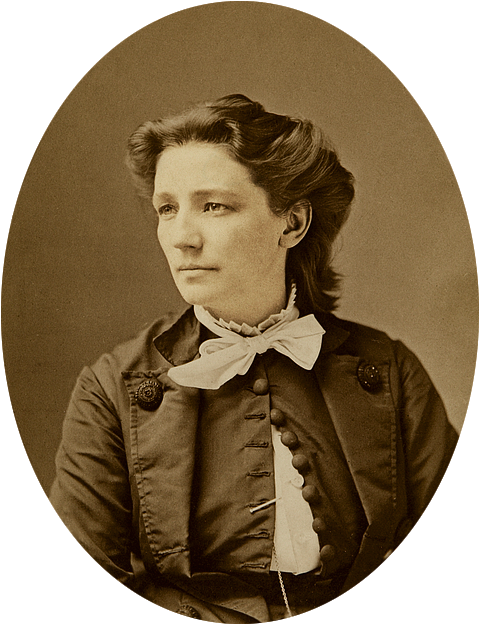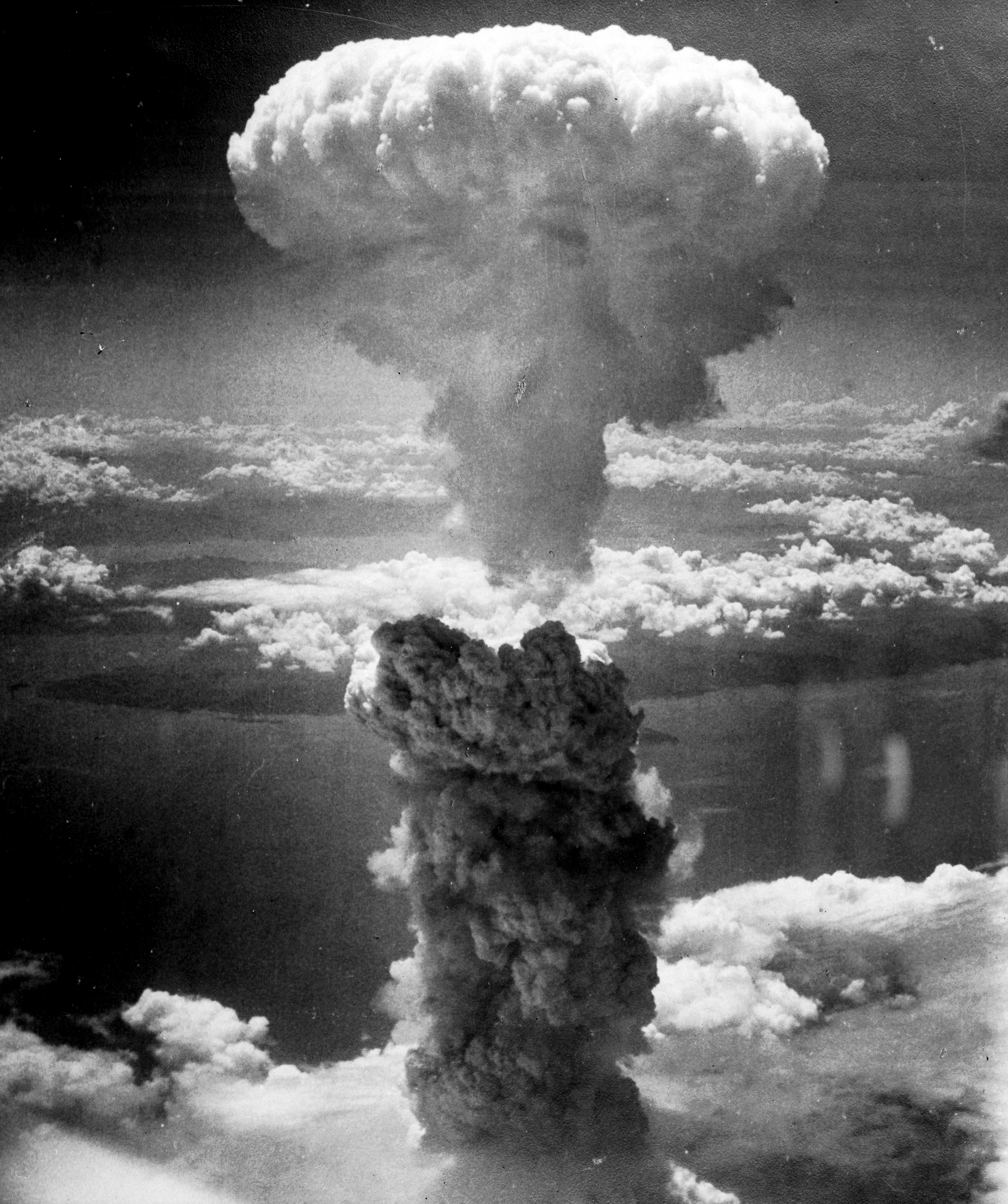South Park is a show that's content is always up to date with current affairs in the world. It's creators, Matt Stone and Trey Parker take immense pride in their '6 days to air policy', in which they write, record and produce each episode within a 6 day period prior to it's air date. This means it is always full of contemporary and relevant themes at which it can be satirical. It is also never shy to approach controversial topics and racism towards African Americans, is no exception. It is important to note that while South Park may seem controversial by using the innocence of it's youthful characters to promote offensive material, it always has a greater message.
In the episode, 'World War Zimmerman', which aired in the US on the 9th October 2013, the notoriously racist and ignorant 'Eric Cartman' is obsessed with the verdict of the George Zimmerman trial and fears that his classmate and one of the only black characters, 'Token Black', will seek revenge following the verdict.
The trial of George Zimmerman was held after the shooting of a 17 year old African American named Trayvon Martin, on February 26th 2012. Despite it being clear that Zimmerman had killed Martin, the State of Florida acquitted him of second degree murder and manslaughter, as it was deemed that he had the right to defend himself with lethal force. Throughout the episode, Cartman grows increasingly paranoid about the situation and thinks that if he doesn't act, there will be an uprising from all African Americans, who he assumes will stop at nothing to obtain 'justice' for the perceived injustice provided by the legal system.
Cartman's Dream
This clip shows the apocalyptic chaos that Cartman envisages when African Americans hear about the verdict (it is a play on the Brad Pitt film 'World War Z' which was released in June 2013). This reoccurring dream shows that Cartman knows the verdict will have upset some of the African American community (this was an early incident that sparked the 'Black Lives Matter' movement). However, due to his ignorance and idiocy, Cartman cannot comprehend that African Americans could react in a civilised manner, hence why they are portrayed as crazy 'zombie-like' figures. This hints at underlying racist ideologies that black people simply will not be as educated and as capable as white people, so would not have the ability to act rationally and sensibly when questioning the verdict. Cartman also assumes that it would be all African Americans who would retaliate against the verdict. However, the verdict simply highlighted laws in Florida which entitles anyone to 'stand your ground', when threatened. It is a Constitutional Right, under the 2nd Amendment in the USA to have the right to bear arms, so it is probable that some African Americans would not be able to dispute that Zimmerman's actions fell within his rights. Cartman only sees it as an 'us and them' scenario, with few blurred lines, highlighting themes of separatism within the context of the show.

This separatism perhaps peaks when Cartman singles out Token and the only other black student, Nicole, while performing a rap in front of the school. With lyrics such as, "black or white, it's alright, black or white, let's not fight", it is clear that Cartman's intentions are to prevent what his paranoia has led him to believe will be the African American uprising following the Zimmerman trial. Naturally, Token reacts angrily to being singled out purely because of his skin colour. This is something that Cartman fails to understand. The very action of trying to not be racist, resulted in being racist. To Cartman, Token's outburst is still the result of his anger at the Zimmerman verdict. Token makes the point that Cartman only feels bad because he's afraid that he will be victimised following the African American's supposed retaliation. This has connotations with slave owners and their fear that one day the slaves would unite and rebel against their 'owners'. Because of this, in slave-stricken America there were often rules on plantations which prevented male slaves from gathering in groups of more than three or four. This was to stop any conspiring between slaves, but also because male slaves were actually fed and looked after fairly well in order to maintain large workloads on the plantations. Slave owners worried that should they unite, the slaves could overpower them. This did occur in 1831, when Nat Turner and six other slaves launched an attack on plantations in Southampton County, Virginia. It proved to be one of the largest slave rebellions ever reported and is the type of event that Cartman fears.
Racist Police
This next clip displays South Park's stance on the trial. If Trayvon Martin had been white, Zimmerman would have been charged. It suggests that the police and legal system prioritise white peoples' lives more than African Americans'. In the episode, when it was thought that Zimmerman had again killed a black child, the military man and government official praised him and stated, "you did what you had to, you're a hero". But when it is revealed that this 'black child' was just Cartman dressed in camouflage, Zimmerman is found guilty, imprisoned and swiftly sentenced to death. This is a reference to a quote from Martin's father who, following the verdict, said that, "If Trayvon had been white, this would never had happened".
Prior to the events of this clip, Cartman travels America in an attempt to raise awareness about the 'imminent' retaliation from African Americans. Fooled into thinking Cartman is referring to a genuine 'zombie apocalypse', Cartman gains a large following of white people, who are none the wiser to the truth, despite it being obvious ('the public' in South Park tend to be intentionally oblivious to the truth in order to highlight their hypocrisy in the real world). This links with the vendetta that South Park suggests the police have against African Americans. It is implied that 'the white majority' refuse to realise there is an issue with racism unless it is 'spoon fed' to them, by which time it may be too late. This concept links back to the Civil Rights Movement, where in the 1950s, in particular, white people often lived blissfully ignorant lives without realising anything was awry. In addition, the media would often not present all the facts when covering stories about African Americans, so some of the truth may have been hidden from the rest of the country.
Overall, this episode of South Park explores the USA's contemporary relationship with African Americans, while also comparing how they used to relate. The use of the Zimmerman trial and the film 'World War Z', is an excellent addition that brings comedy, as well as a relevant case study which justifies the show making an episode exploring these themes.
References:
https://www.youtube.com/watch?v=b3IjFYh4zng
https://www.youtube.com/watch?v=jRfIz-dHV6A
http://www.today.com/news/dad-if-trayvon-had-been-white-wouldnt-have-happened-6C10671362
http://famous-trials.com/zimmerman1
http://famous-trials.com/zimmerman1/2293-zimmermanchrono
Young, H. Young, N.,
The 1950s, (Santa Barbara: 2004), p.9.
http://www.learnnc.org/lp/editions/nchist-newnation/4574





















